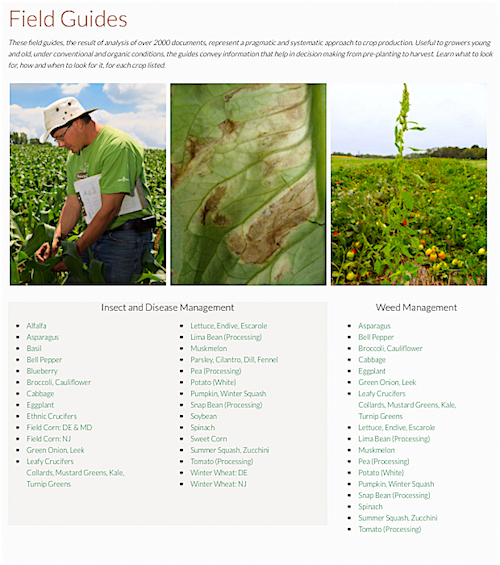The standards go into effect May 1, 2024.
There are several changes related to section numbers and deleted numbers so if you have your audit plan setup by section number check to make sure they have not changed. Also, eight questions have been added.
Following is a summary of those questions:
- G 2.4 – Approved service provider list required (the grower approves the list)
- G 7.2 – A designated recall team is required
- G 7.3 – Must perform a mock recall exercise annually
- G 11.5 – Must have labels and instructions for any water treatment chemical used
- G 11.8 – Compressed air or other gases contacting food or food contact surfaces must be maintained
- F 6.3 – Must have a procedure for storing and handling growing media (e.g., perlite, peat, rock wool, etc.)
- F 9.4 – Re-used water must be treated with a labeled product
- P 5.2 – A master cleaning schedule with standard operating procedures (SOP) must be established ·
There are two documents for each audit: Harmonized GAP Standard (v 3.0) or Harmonized GAP Plus+ standard (v 5.0). Each also have a summary of changes document will be help finding the changes.
Go to: Harmonized GAP | Agricultural Marketing Service (usda.gov) to download a copy of each standard.
 Articles in this section contain information helpful to the NJ commercial organic grower.
Articles in this section contain information helpful to the NJ commercial organic grower.

